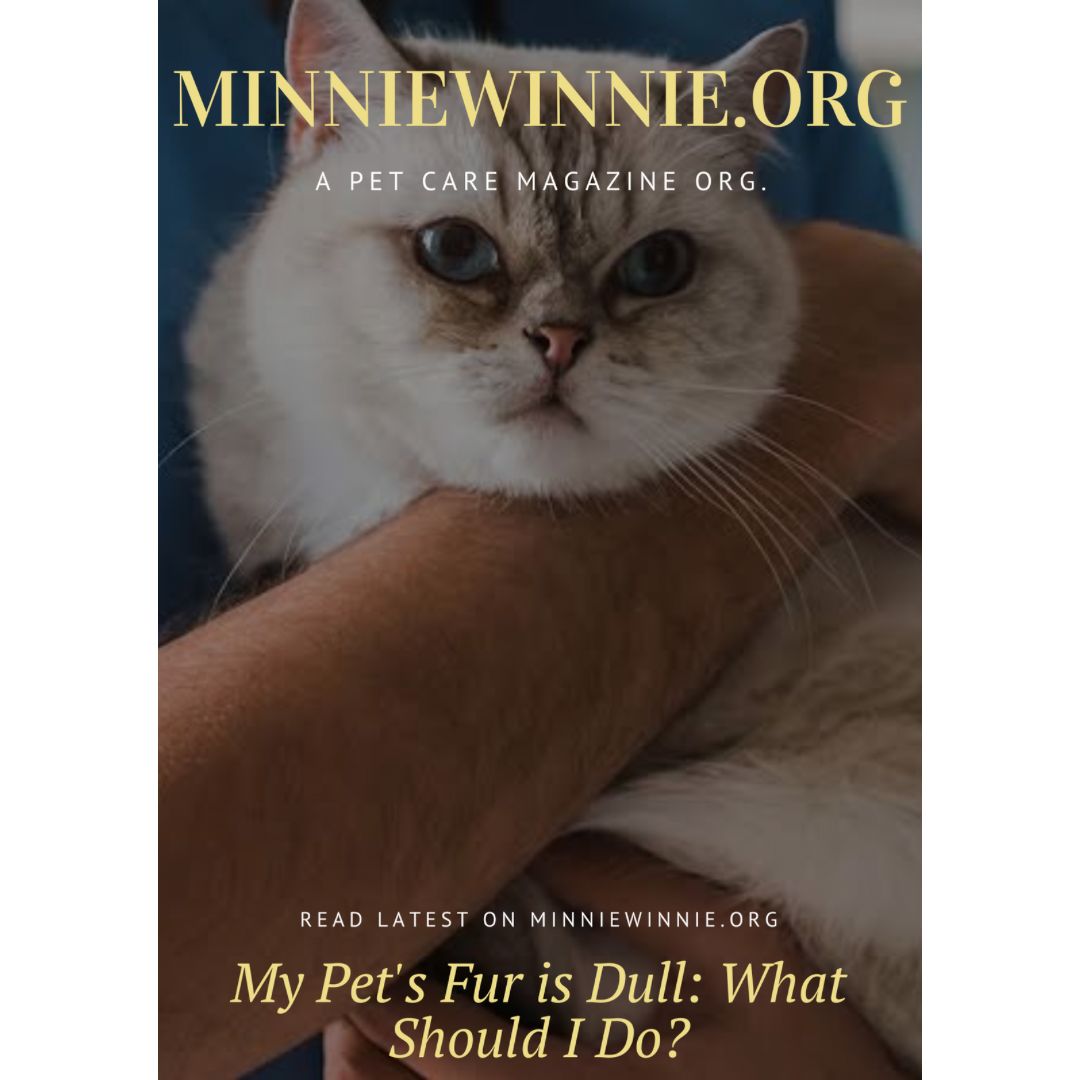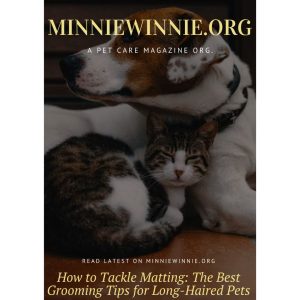My Pet’s Fur is Dull: What Should I Do?
A pet’s fur is often a reflection of their overall health and well-being. When your pet’s coat loses its natural shine and becomes dull, it can be concerning. A dull coat can indicate underlying health issues, nutritional deficiencies, or environmental factors that need to be addressed. Fortunately, there are steps you can take to restore your pet’s coat to its full, glossy glory. Here’s what you should do if your pet’s fur is looking less than vibrant.
1. Assess Their Diet
One of the most common causes of dull fur is an imbalanced diet. Just like humans, pets need a diet rich in essential nutrients to maintain healthy skin and fur. Ensure your pet is getting high-quality food that is appropriate for their age, size, and breed. Look for food that contains omega-3 and omega-6 fatty acids, which are crucial for skin health and a shiny coat. Foods rich in protein, vitamins (especially vitamin E), and minerals like zinc and biotin also support healthy fur.
Tips:
- Consider adding supplements, like fish oil or flaxseed oil, to your pet’s diet to boost their intake of omega-3 fatty acids.
- Consult your veterinarian before making any significant changes to your pet’s diet or adding supplements.
2. Regular Grooming
Regular grooming is essential to maintain your pet’s coat health. Brushing your pet’s fur helps distribute natural oils evenly across their skin and fur, which contributes to a shinier appearance. It also removes dirt, debris, and loose hair that can make the coat look dull. The frequency of grooming depends on your pet’s breed and coat type, but generally, brushing once or twice a week is beneficial.
Tips:
- Use the right grooming tools for your pet’s fur type. For example, a slicker brush is good for removing mats in long-haired breeds, while a bristle brush works well for short-haired pets.
- Consider using a pet-safe conditioner or detangling spray if your pet’s fur is prone to tangling or matting.
3. Check for Skin Conditions
Sometimes, dull fur can be a sign of an underlying skin condition. Allergies, parasites like fleas or mites, fungal infections, and bacterial infections can all affect the health of your pet’s skin and fur. If your pet is also experiencing itching, redness, hair loss, or flaky skin, it’s important to consult a veterinarian for a proper diagnosis and treatment plan.
Tips:
- Regularly check your pet for signs of fleas, ticks, or other parasites, especially after spending time outdoors.
- If your pet has sensitive skin, choose hypoallergenic grooming products to avoid irritation.
4. Ensure Proper Hydration
Dehydration can lead to dry skin, which in turn can cause dull fur. Make sure your pet always has access to fresh, clean water. Hydration is crucial for maintaining the moisture balance in their skin, which directly impacts the health and shine of their coat.
Tips:
- Monitor your pet’s water intake, especially during hot weather or after vigorous activity.
- Wet food can also contribute to your pet’s overall hydration, especially for pets that don’t drink much water on their own.
5. Address Stress and Anxiety
Stress and anxiety can negatively affect your pet’s coat. Just like humans, pets can experience stress, which can lead to excessive shedding, licking, and even fur loss. Creating a calm and stable environment for your pet can improve their overall well-being, including the condition of their fur.
Tips:
- Provide a safe space for your pet to retreat when they feel anxious.
- Engage in regular play and exercise to help reduce stress levels.
6. Regular Veterinary Checkups
Routine checkups with your veterinarian are crucial for catching any underlying health issues that could be affecting your pet’s coat. Conditions like thyroid problems, hormonal imbalances, and liver or kidney disease can all impact fur quality. Regular visits will help ensure that your pet is healthy and that any potential problems are addressed early.
Tips:
- Keep up with regular blood work and health screenings, especially as your pet ages.
- Discuss any changes in your pet’s coat or behavior with your vet as soon as you notice them.
7. Consider Environmental Factors
Environmental factors, such as exposure to harsh weather, chemicals, or allergens, can also dull your pet’s coat. Protect your pet from extreme temperatures and keep them away from potentially harmful substances like pesticides or cleaning products. Regularly bathing your pet with gentle, moisturizing shampoos can help remove any irritants from their fur and skin.
Tips:
- Rinse your pet thoroughly after swimming in pools, lakes, or the ocean to remove chlorine, salt, or other chemicals that can dry out their fur.
- Keep your pet’s bedding clean and free from dust mites and other allergens.
8. Tailor Care to Your Pet’s Specific Needs
Different breeds have different coat care needs. For example, long-haired breeds may require more frequent grooming and conditioning, while short-haired breeds might benefit from regular brushing to remove dead hair and promote natural oil distribution. Understanding your pet’s specific needs will help you provide the best care for their coat.
Tips:
- Research your pet’s breed-specific grooming needs or consult a professional groomer.
- Be patient with the process, as it may take time to see improvement in your pet’s coat.
Conclusion
A shiny, healthy coat is a sign of a happy, well-cared-for pet. By focusing on a balanced diet, regular grooming, hydration, and overall health, you can help restore your pet’s fur to its natural luster. Remember, every pet is unique, so it may take some time and experimentation to find the right combination of care that works best for your furry friend. With the right approach, your pet’s coat can shine as brightly as their personality.










